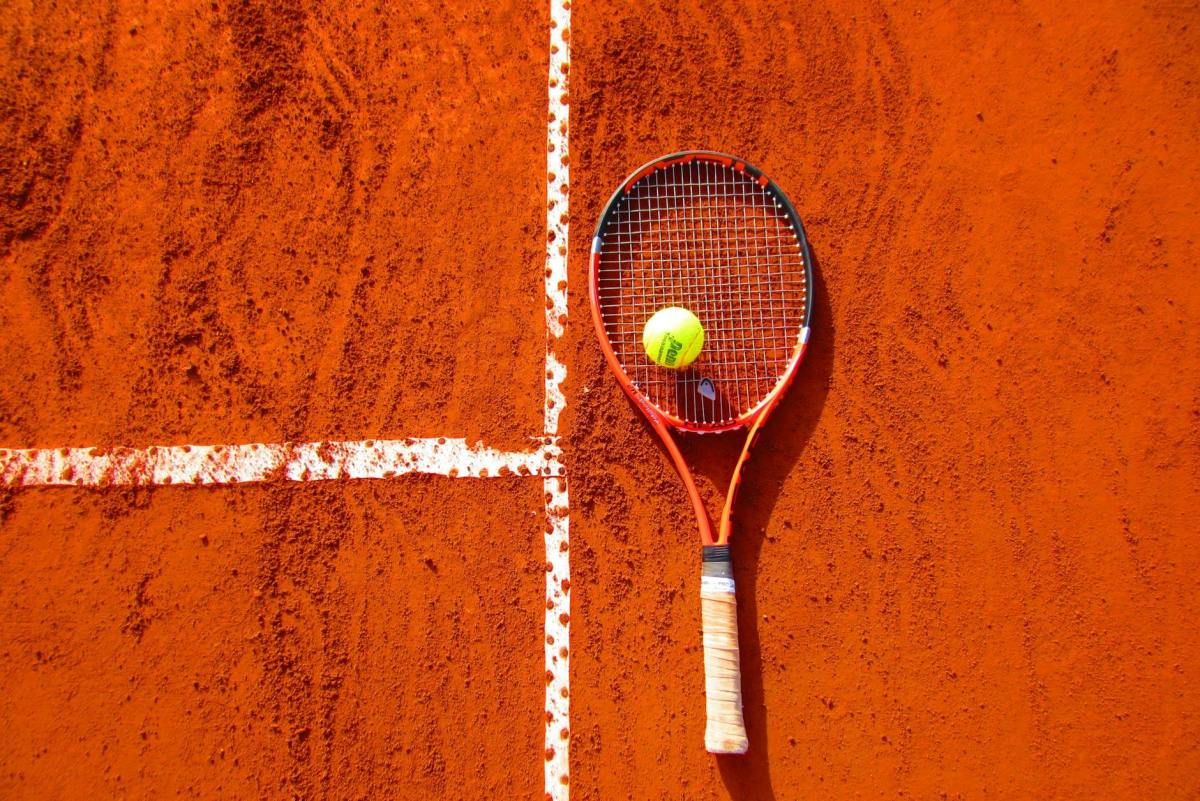Big Data could be defined, in a very general way, as a technology that manages huge volumes of data and analyses them with the aim of offering conclusions that can be used to help in decision-making.
A technology that can be applied in numerous sectors, such as education, and of which we can find different examples.
We recently analysed in this blog the importance of the use of technology in sport. Well, today we are going to focus specifically on Big Data technology and its application in two sports in particular: tennis and badminton.
On the one hand, from the perspective of training, the Rafa Nadal Academy by Movistar, and on the other from the point of view of an established sportswoman, the Olympic badminton champion Carolina Marín.
The technological revolution we are experiencing, of which Big Data is a part, serves to enhance many facets of sport, from performance or competition strategy to the digitisation of facilities or equipment, as well as the improvement of broadcasts or the greater possibilities of fan interaction.
Tennis and Big Data: the experience of the Rafa Nadal Academy by Movistar
At the Rafa Nadal Academy by Movistar, Telefónica contributes its technological know-how by combining smart devices, connectivity, data management with Big Data and Artificial Intelligence.
As Pedro Antonio de Alarcón, Product Manager Open Gateway at Telefónica, explains, the Rafa Nadal Academy by Movistar has a platform for integrating the data of each student at the academy.
To add more value to the data stored on this 360 platform, there are wristbands to, for example, find out the quality of sleep, which is particularly important for athletes.
Badminton and Big Data: the importance of data for Carolina Marín
Three-time world and six-time European badminton champion Carolina Marín uses analytical tools based on three essential components:
- A huge database with all match events second by second.
- The latest machine learning algorithms.
- An advanced and intuitive interactive visualisation that allows interaction with the tool in a simple way that does not require complex knowledge for its analysis.
The data obtained can be millions and is fed from three sources:
- The digitisation of all the points that occur in the matches, both Carolina’s own and those of her rivals.
- Accelerometry sensors that allow the monitoring of her training loads.
- Subjective forms on her recovery and rest.
Carolina Marín: “Big Data helps me to grow as an athlete”.
But how does the champion from Huelva see this relationship with technology?
In her own words, “Big Data helps me to grow as a player and as a sportswoman because it gives me information that I couldn’t know before”.
It also supports the ability to prevent injuries because “it gives me information for my team: if I have recovered or not or if I am ready for the load that my coach has prepared for me that day of training”. In addition, Big Data “helps us to know our rivals better” and makes the player feel “much
